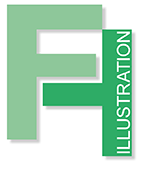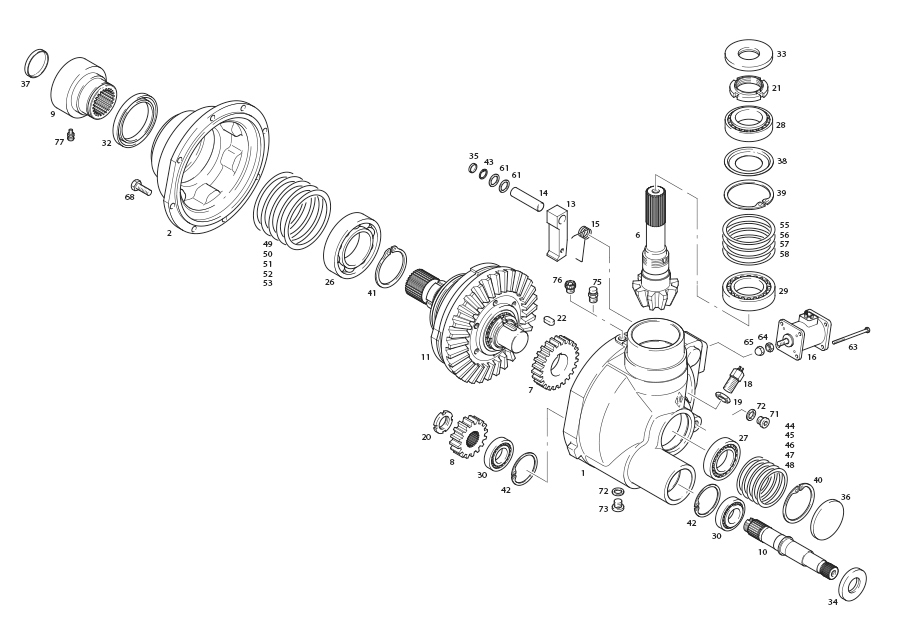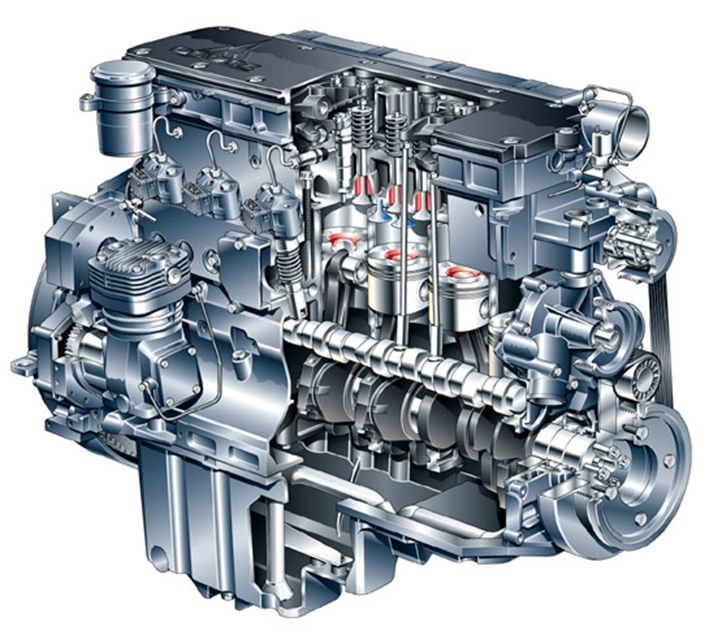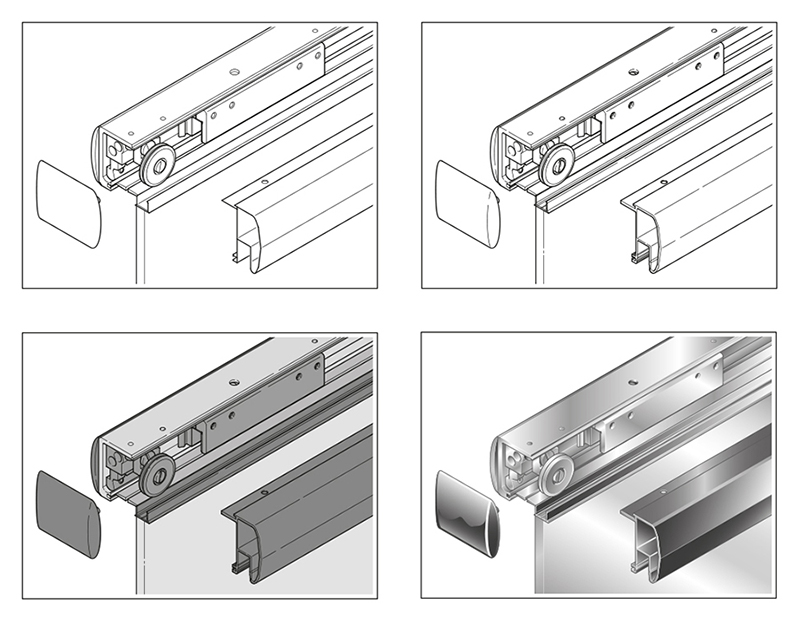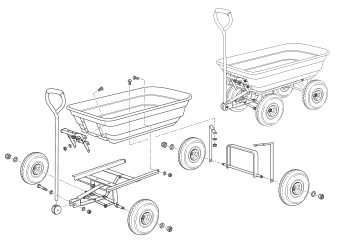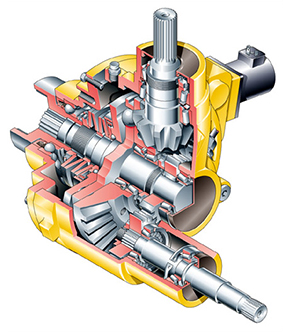From 1980 to 1982 I attended the National Diploma and from 1982 to 1984 the Higher National Diploma course in Technical Illustration at Cambourn Technical College.
Towards the end of the seventies and the beginning of the eighties Cambourn Technical College enjoyed a reputation as being the best degree course in the whole of England. Indeed, the lecturers were probably the best qualified team imaginable, drawing on years of experience in the field of illustration and fine arts both in industry and freelance, at home and abroad.
After completing the Technical Illustration Diploma, I then took a job working in the documentation department of a printing company specializing in industrial journals in Koblenz, Germany.
This taught me the basics of working in industry but unfortunately the work was rather mundane and one-sided. I then moved to Troisdorf, between Cologne and Bonn, and have since been self-employed for over thirty years.
Although black and white line art takes up a large part of technical illustration I hope this website gives an idea of the other aspects of technical illustration and the different kinds of work that I´ve been doing over the years.
The clients I´ve illustrated for include;
KHD Humboldt Wedag, Deutz, Walterscheid, GKN, Demag, Bomag, Reifenhäuser, ABS Pumpen, Oerlikon Leybold, Huwil, JK Holding, Itedo/Teepack, Lenz und Dörrenberg, Isomit, Hennecke, Audi, Manitowoc, to name a few.
Technical illustration
Technical illustrators, contrary to popular opinion are not simply technical drawers, instead you could call them technical visual experts.
They are responsible for producing an endless variety of 3D graphic illustrations for technical documentation, working manuals, spare parts catalogues, assembly manuals, operating and maintenance guides. Commercial technical illustrations are found in advertising, but also in schooling programs and technical or scientific journals.
Typical examples of technical illustration are exploded drawings, cutaway sections and ghosted images in isometric or 3 point perspective, either as a black and white line drawing or as a full colour rendering.
In order to achieve this the technical illustrator calls upon a wide field of specialized techniques that include drawing, painting, airbrush, marker technique and photography as well as an extensive knowledge of digital mediums.
Although it may seem technically sterile and exact, this form of illustration still enables illustrators a high degree of artistic license. Give ten illustrators the same contract and they will all produce ten different illustrations.
There are several criteria that make a good illustration;
• The technical illustration should be technically correct, however, certain aspects of an illustration are enhanced, exploded, looped out, cut away/sectioned or ghosted in order to attain the desired clarity.
• The illustration should be aesthetically pleasing. The choice of viewing angle, light source and the overall rendering should all be used to achieve the desired effect.
• The overall rendering should fit the theme of the illustration. The use of colour, surface textures and atmospheric line weights should relate to the scale of the illustration.
Another important aspect of technical illustration is the relationship between illustrator and client. Sometimes the decision to use an illustration falls at a late stage in the development of a product. Therefore punctuality plays a very important role. The illustrator has to know that the work he is doing is only a fraction of the overall concept.
